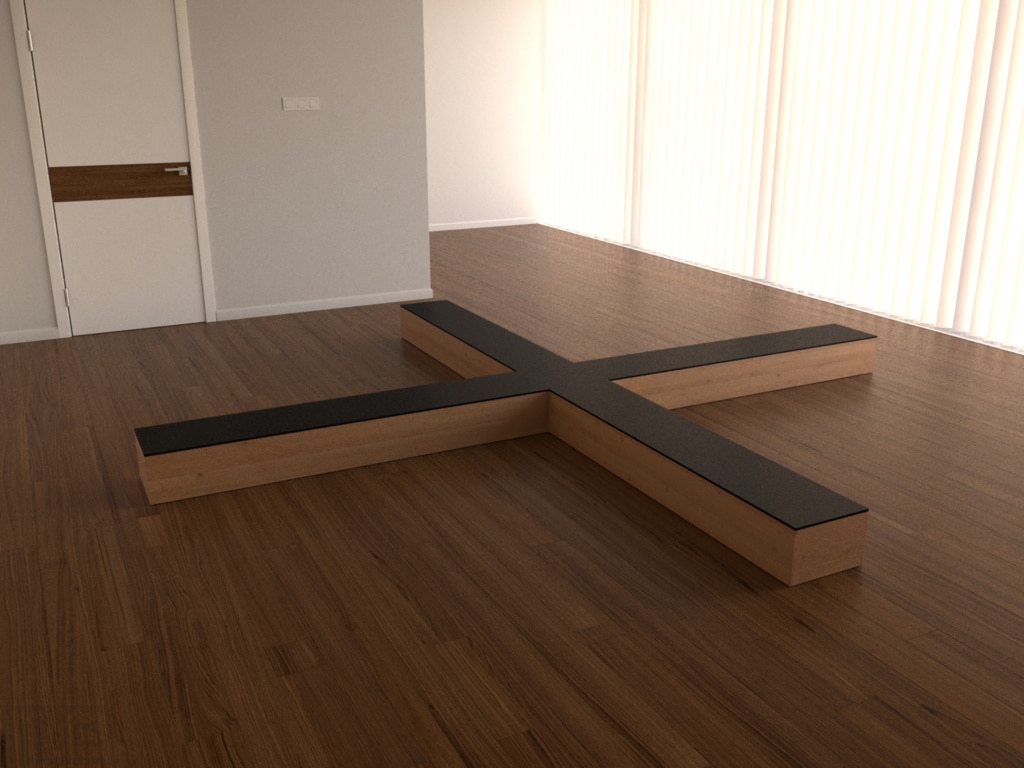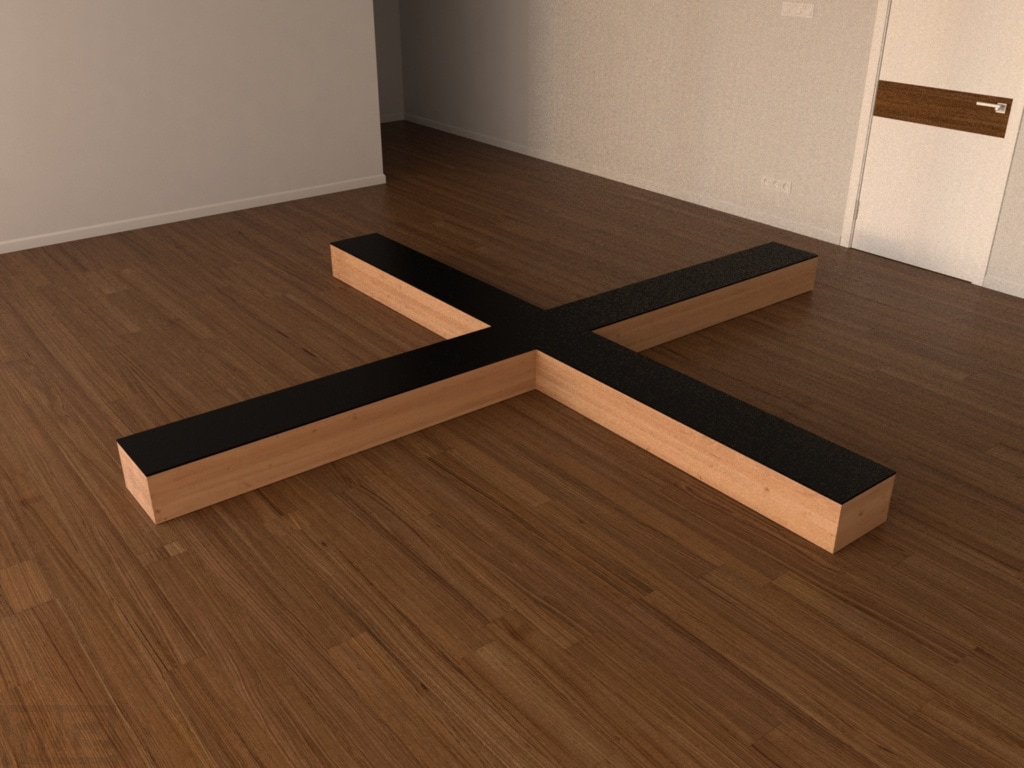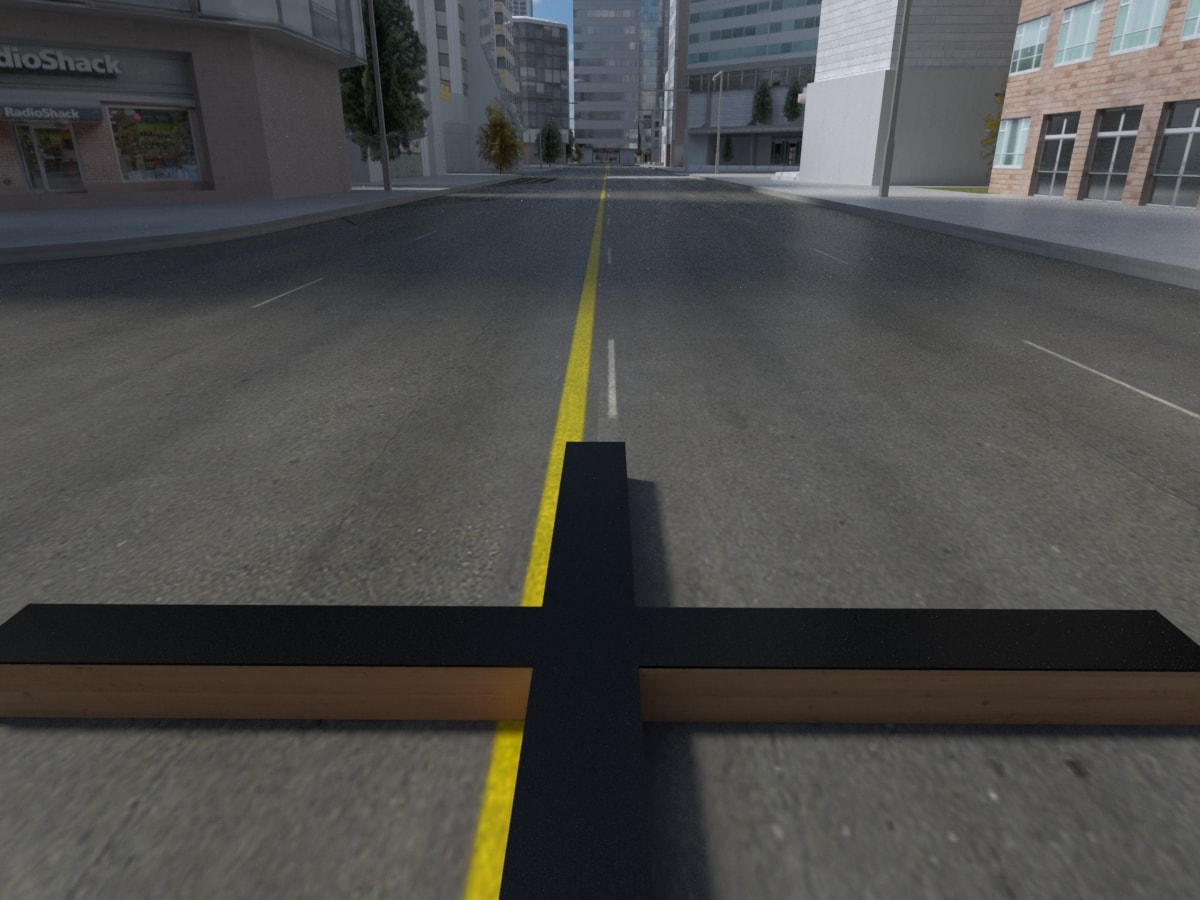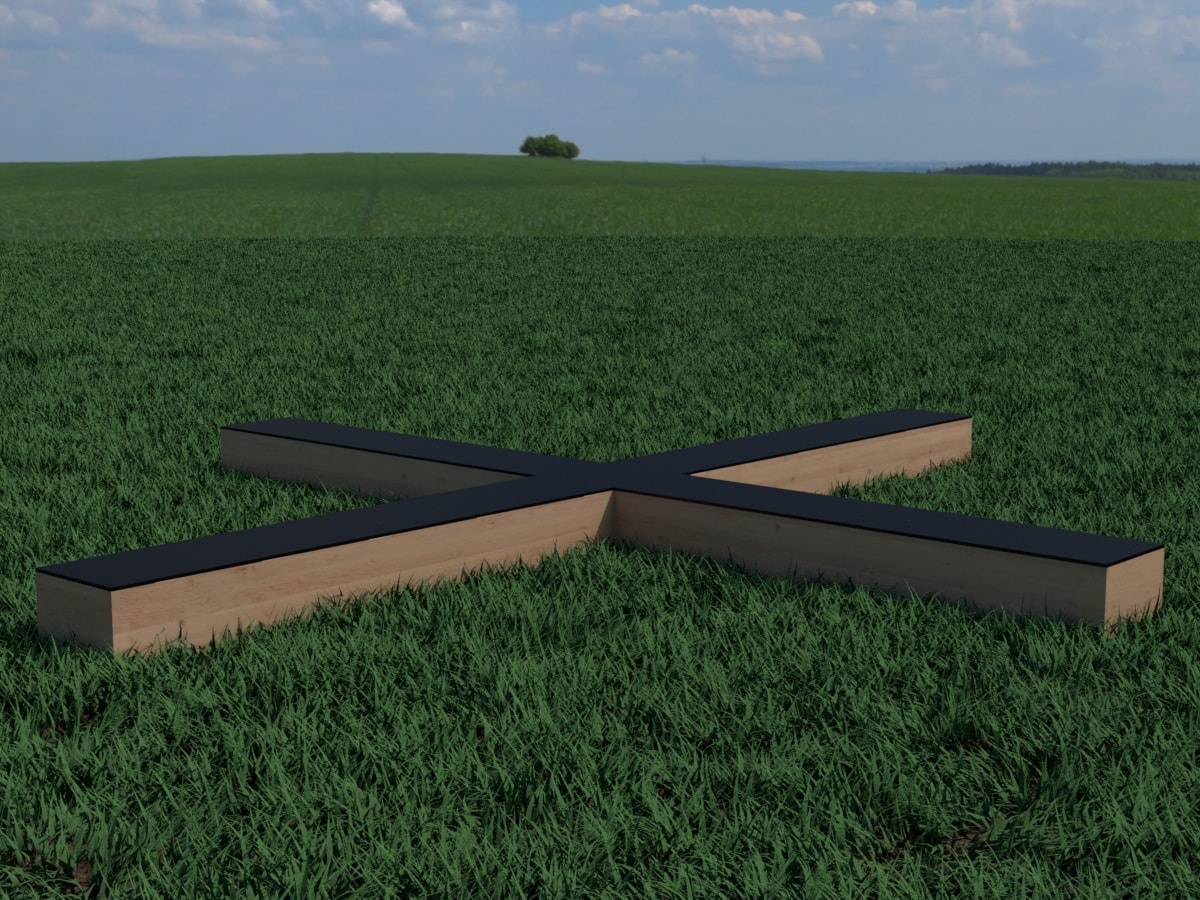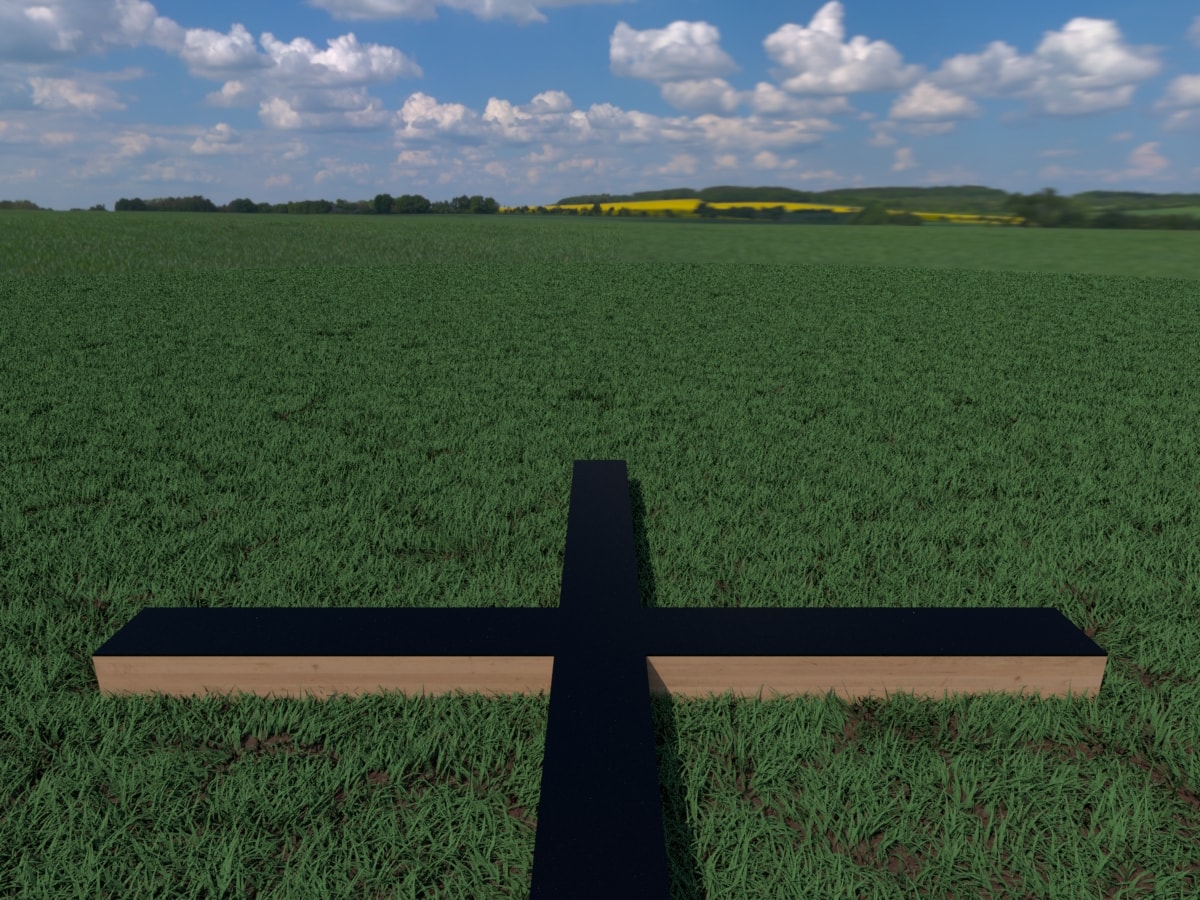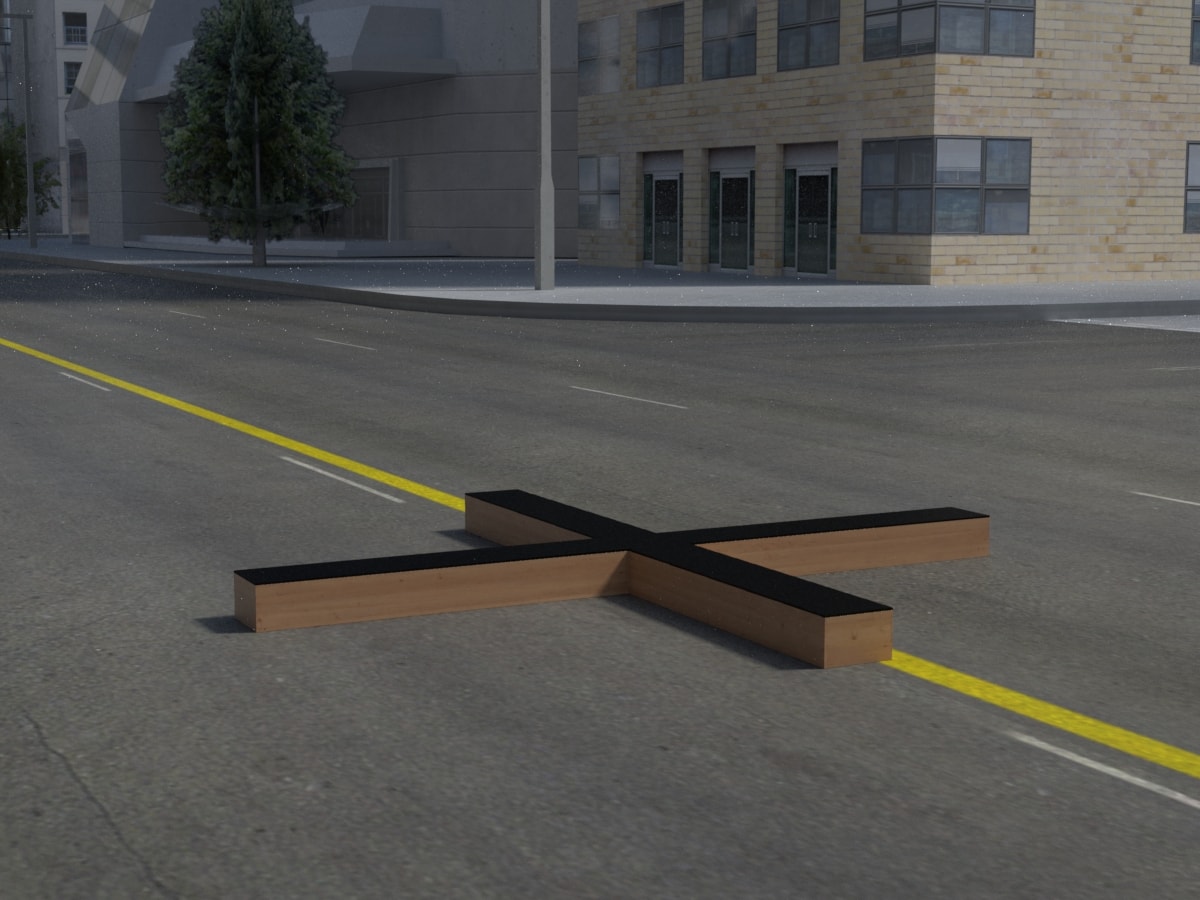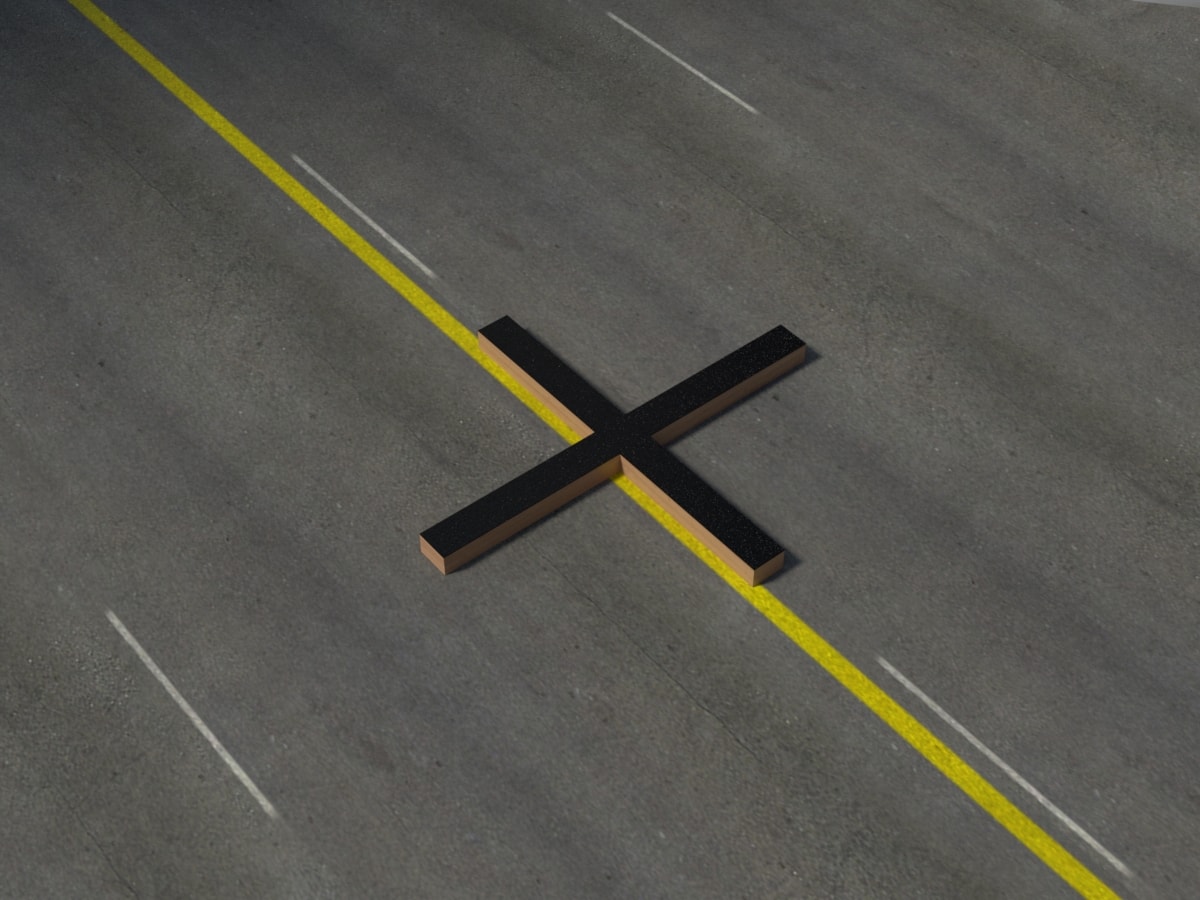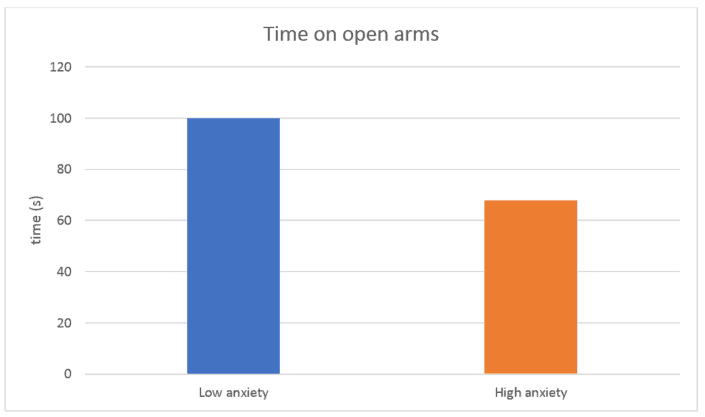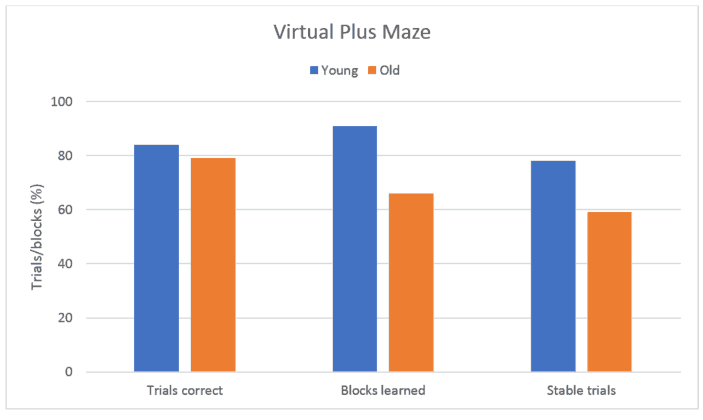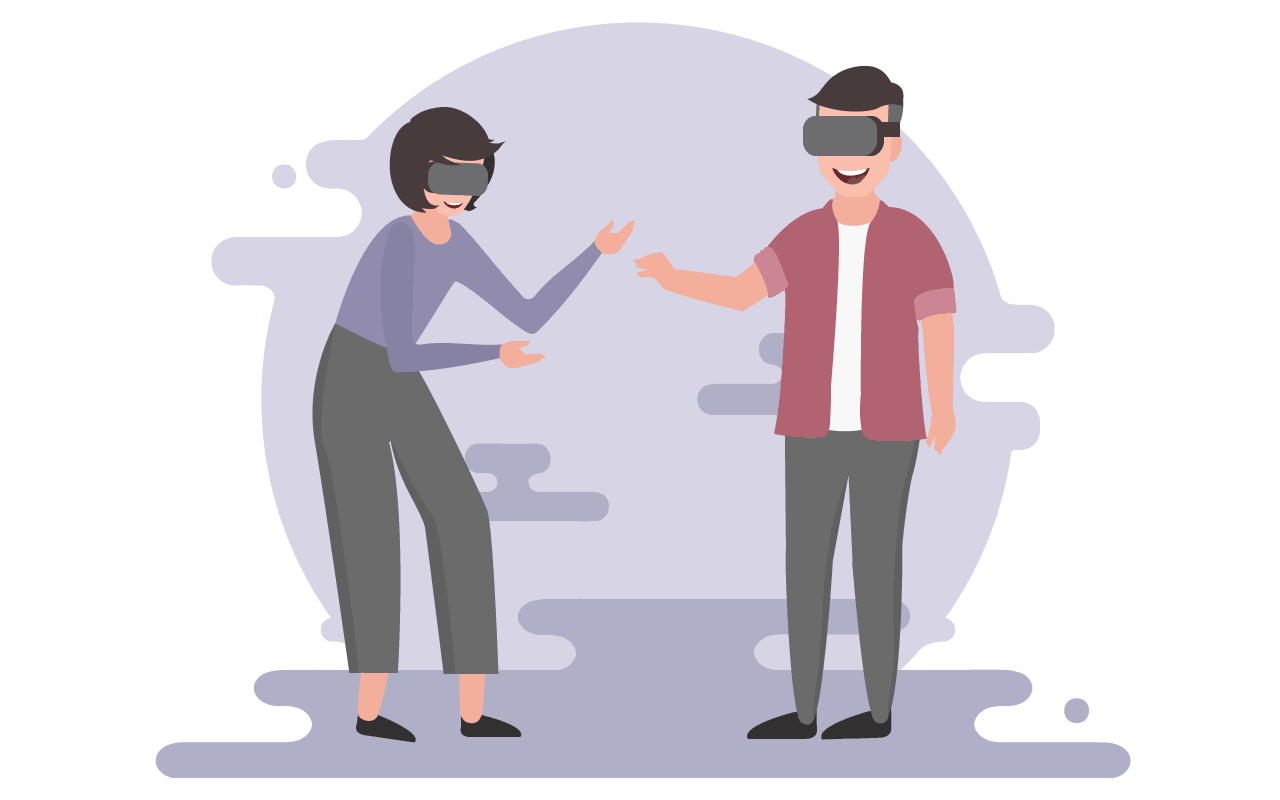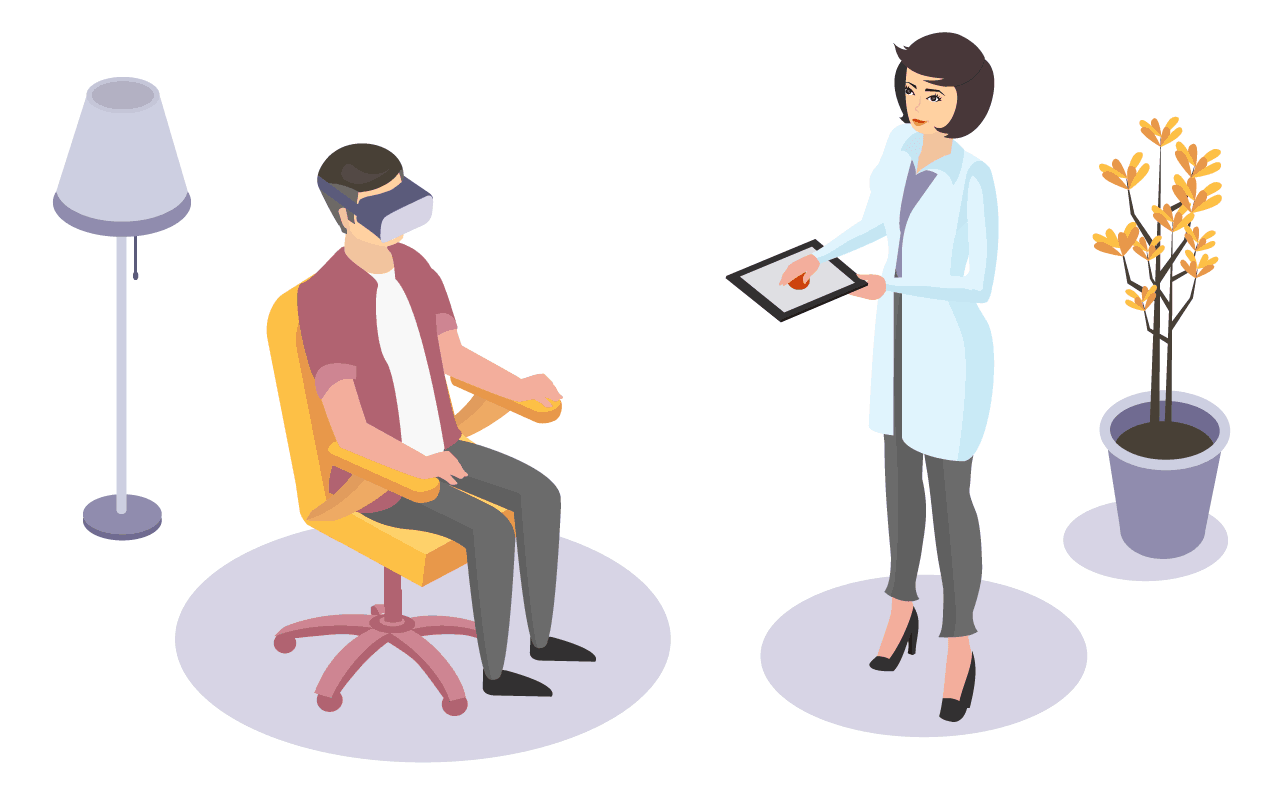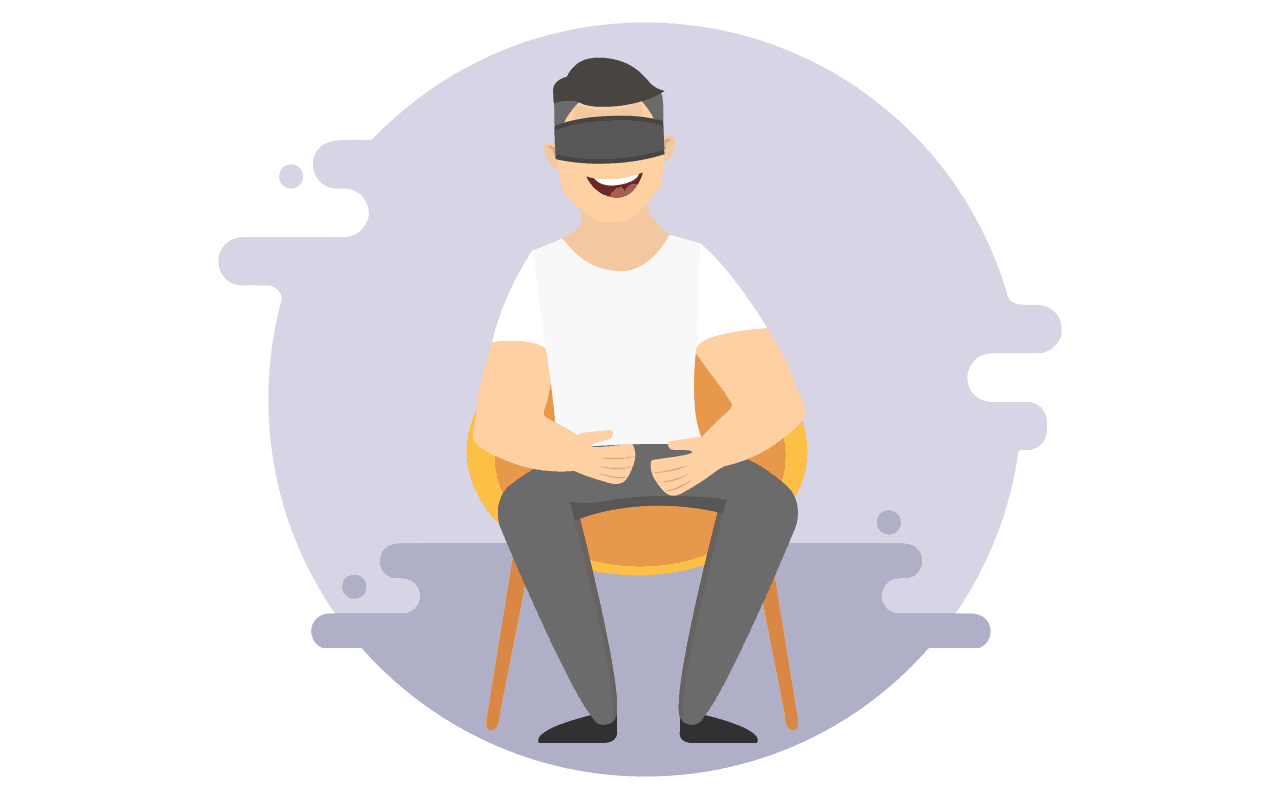In collaboration with Simian Labs, MazeEngineers is proud to offer a virtual reality Elevated Plus maze for researchers.
The Virtual Plus Mazes can use a combination of real-world elements and virtual elements. The virtual reality environment can be created as per the need of the experiment. For example, Biedermann’s mixed reality Elevated Plus Maze used a virtual environment that included mountains and water bodies along with a real-world wooden Plus Maze. In the virtual world, the closed arms were placed across the mountain terrain, while the open arms were presented as extending over the water bodies that appeared 55 m below. In the Simian version multiple environments can be configured.

